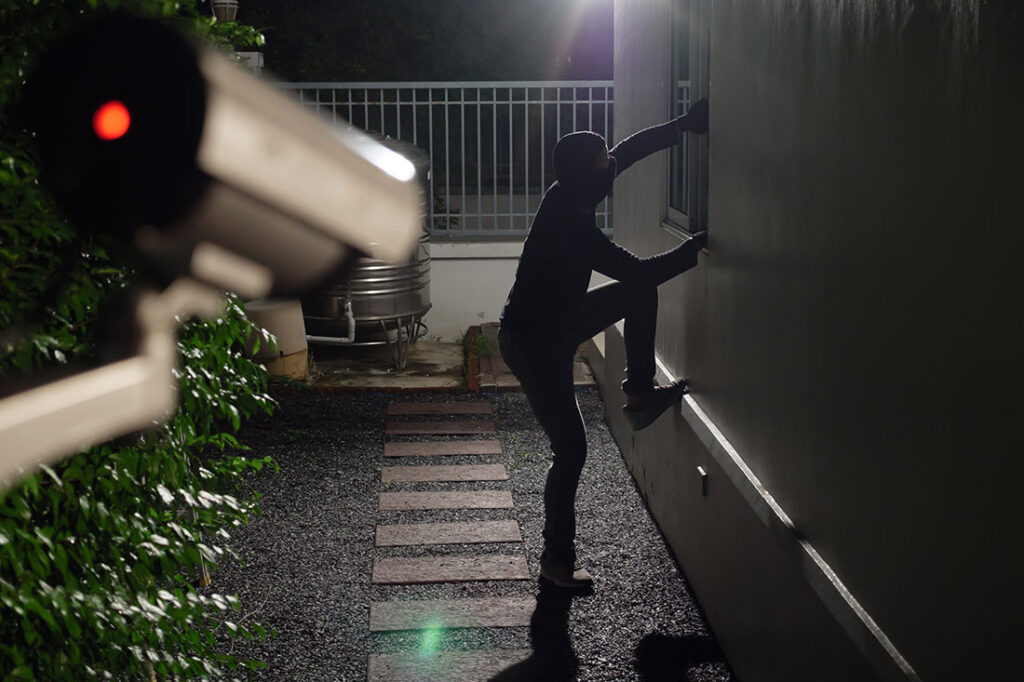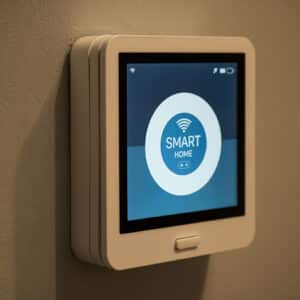Spotting alarm system vulnerabilities is an important quality-of-life service for alarm installers, as well as a way to consult about potential security corrections or upgrades. Here are several common vulnerabilities in alarm systems to watch for during this phase.
There Are No Interference Alerts
Today’s security systems use a variety of sensors that can be programmed to send alerts to a security hub or a smartphone, etc. This is particularly useful for letting owners know directly if something triggers, say, a motion sensor or a contact sensor in a building so they can take a look themselves through streaming security footage. Based on what they find, they can make a command call about whether to alert authorities, etc.
However, there’s another type of pushed alert that doesn’t get as much attention but is still vital for today’s alarm systems: Interference alerts that are automatically sent when it appears that someone is tampering with a sensor device and could be trying to disable it. Consumer Reports has a more in-depth guide on this, but for some sensors it may be possible to suppress the signal the sensor sends to a base station and remove it with the right tools and know-how. The best defense for this is an interference alert, which brands like SimpliSafe support just in case something like this happens.
A Lack of Robust Encryption for Signals
Many alarm systems send their signals wirelessly these days, but that also introduces some vulnerabilities. What happens when wireless signals can be intercepted or jammed, like we mentioned above? Clients interested in the most robust protection should only use more advanced wireless systems that employ 128-bit encrypted of wireless data and “frequency hopping” where wireless signals switch from frequency to frequency as they are sent to help prevent jamming or other problems. If a security system lacks this and needs top-notch protection, it’s a smart suggestion for an upgrade or a full replacement.
No Offsite Monitoring
This will depend on the alarm owner: Some prefer to avoid offsite monitoring due to subscription costs or worries about privacy. That’s a different type of conversation – but if an owner wants truly robust security and quick responses from a system, it’s important to point out that security can be lacking without offsite monitoring.
If alarms must always be assessed onsite, businesses may lose response options during critical moments if they don’t have 24/7 security guards. Residential homes may be dependent on neighbors noticing sirens or the owner always checking for phone alerts, which isn’t very reliable during vacations, etc. For true timely responses (especially where particularly valuable or delicate goods are concerned), offsite monitor from a professional station is the way to go.
Missing Automatic Update Options
There’s a lot of technology in today’s alarm systems, from adjusting and monitoring sensors to working with cloud storage, sending data to apps, and so on. That means that every modern security system needs a plan in place for software updates, preferably with automatic updates enabled.
You may be able to tell a lot about the state of the security system by asking the owner about automatic updates and listening to what they say. Even missing updates for several months may leave systems exposed to bugs or vulnerabilities that make them less useful. Systems that haven’t had software updates in years are a poor position to defend against a serious attack and may not even be working properly anymore.
No System in Place for Evacuation
This is a particularly important vulnerability to watch for in commercial and public alarm systems found in areas like factories, schools, and hospitals. Areas like these need a (frequently state-mandated) system for evacuation. First, everyone present needs to notice when the alarm sounds, via sirens, lights, and additional options. Second, the building needs to have clear routes to well-marked exits. Third, employers should have clear instructions for evacuations that are taught to all employees. Alarm installers can’t help with all of that, but they can offer advice and additional installation options.
A Security System Without Maintenance Plans
Security systems also need physical maintenance. Security cameras can become dusty, dislodged, or jammed. Sensors can come loose or fail. Regular maintenance can help spot problems and prevent any devices from not working when they really need to.
Access Systems that Aren’t Based on the Workforce
Let’s take a common example of access control: A door that only personnel with the right security card can unlock. Sometimes business manage this access control system well, only handing out cards to employees that absolutely need access and keeping careful track of these security cards so they can be retrieved or disabled as needed.
Other companies don’t have such a good handle on access control. They may hand out cards indiscriminately or may not have any processes in place to track old cards. That makes the access control system fairly useless for serious protection, and it’s a sign that there’s work to be done.
Final Notes
While these alarm system vulnerabilities are some of the common options to watch for, we know that some clients don’t really know what they want or what they should ask for when it comes to security reviews. Because of this, it may be a good idea to offer a straightforward option for a “security audit” or similar service as part of your business, to make it clear that you can spot these vulnerabilities. This allows for more versatile service options to match the situation.






